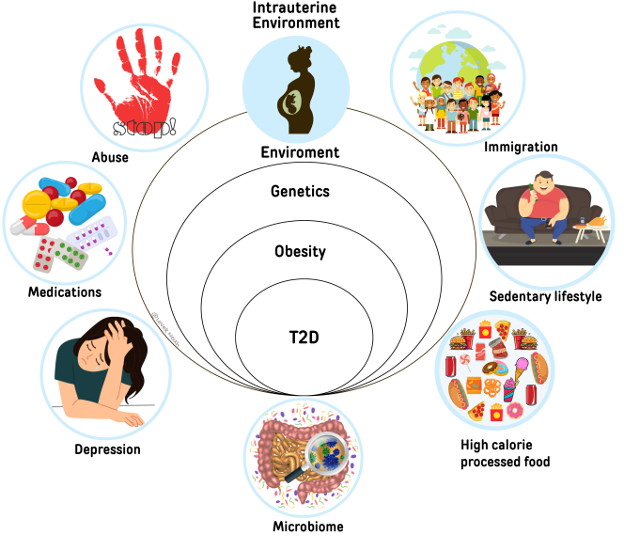
Figure 1. Risk Factors for T2D in Children and Adolescents. Risk factors for T2D in children and adolescents can be visualized as a series of interconnected circles, illustrating the complex interplay of various influences:
Environment (Outer Circle): The outermost circle represents the broader environmental factors that encompass everything from the intrauterine environment to residential neighborhood.
Genetics (Second Circle): Within the environment circle, genetics forms an important inner circle. It signifies the genetic predisposition that some individuals may have towards developing obesity and, consequently, T2D.
Obesity (Third Circle): Nested within the genetics circle is the obesity circle. It is influenced by multiple factors such as immigration, sedentary lifestyle, diet, microbiome, medication use, depression, and abuse. Of note, not everyone exposed to the obesogenic environment will become obese, indicating the influence of other factors.
Type 2 Diabetes (Innermost Circle): The innermost circle represents the development of T2D. Importantly, not all obese individuals will go on to develop early-onset T2D, highlighting the complexity of these interrelated risk factors.
